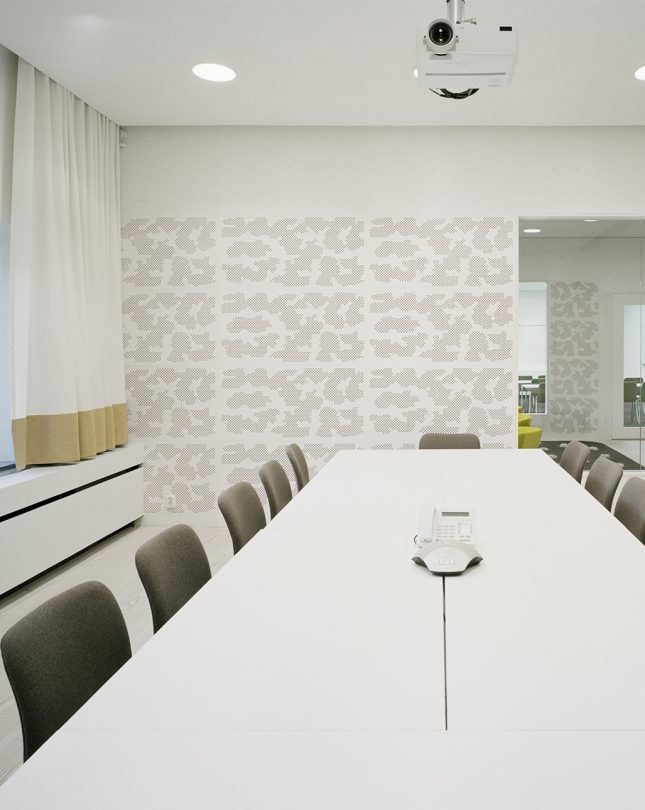Our latest news and views English
Underpinned by our Scandinavian design heritage, we bring you regular stories about architecture and interiors, exploring natural materials, acoustics, and the creation of safe and harmonious environments.
From the usual chatter of colleagues in an office to the hiss and bang of a barista bringing you the perfect latte in a cafe, to the drilling of neighbours’ home improvements, kids arguing or even pet sounds during the working day, we could all use some tips on dealing with noise to improve our wellbeing.
Noise represents a constant source of stimulation that the human ear is receptive to. The World Health Organisation (WHO) points to some pretty shocking statistics when it comes to noise. While its guidelines for a good night’s sleep are less than 30 A-weighted decibels (dB(A), nearly a third of the population in the EU is exposed to levels of 55 dB(A) or more, with this proportionally affecting children more, as they require more sleep. Medical journal The Lancet even points to noise being associated with health disorders from hypertension to heart disease.

Sounds good
On the flip side, sound can be used for good. Many of us use our listening skills to top up our wellness, whether that’s a run with our favourite Spotify playlist, an audiobook before bed or the sound of crashing ocean waves on a meditation app to relax. Those who’ve tried sound baths, with noise from various percussion instruments, can also testify to the feeling of relaxation and contentment afterwards. And, as a 2017 report, Well Workplace: Making Spaces Human Again, from property experts Cushman and Wakefield points out, “Spaces can also be too quiet, and not all sound is unwanted. In fact, there is evidence to suggest that certain soundscapes, such as more natural, rather than urban ones, can be restorative.”
A number of other different types of sound have been known to produce positive effects. These include classical music, which is said to reduce blood pressure according to a 2016 study which involved a group of people listening to either Mozart or Strauss for 25 minutes per day, plus Swedish research from as far back as 2002 pointing to a positive link between humming and sinus problems.
Cushman & Wakefield also talks about the wellbeing industry being “a worldwide global phenomenon, but corporates are only beginning to understand and interpret implications for the built environment.” It states that performance can drop by two thirds when employees have excessive background noise. Noise needs to be addressed in school environments too. The WHO says that school classrooms shouldn’t exceed 35 dB(A) but the figure in reality can be much higher with voices in lessons, corridors and playground as well as surrounding noise from traffic all contributing factors. The fact is whether you’re learning, working and living at home right now or looking to the future when we will be travelling in a busy airport terminal, enjoying a meal in a restaurant, sound needs to work positively with, not against, our bodies.


A key part of achieving a harmonious environment means looking at reverberation, which can be defined as the time it takes for a sound to become non-hearable. A long reverberation time makes it difficult to understand the spoken word and concentrate on what people are saying, which causes frustration and stress. Acoustics and reverberation depend on the volume of a room, plus the surfaces and the objects within it. Choosing the right surface materials is an efficient way to achieve harmonious sound experiences (read more in our acoustics academy).
Understanding how sound, noise and room acoustics affect our health and wellbeing is crucial for architects and interior designers, whether you are designing a classroom, an office, or a living room. Unquestionably, when you get the balance correct in terms of how it looks, and crucially how it sounds, it will promote that special feeling of wellbeing, creating a true habitat for harmony.